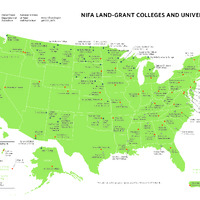Contents
Sovereignty and Treaties
Throughout history, there have been many Treaties made between the US Government and different Native tribes, most often in regards to the tribal sovereignty.
Tribal Sovereignty
Sovereignty represents the right of the people to govern themselves. Tribal sovereignty means that tribal nations have the rights to land, to resources and to establish their own governance.
There are 574 federally recognized Native nations with their own Constitutions, laws and regulations to serve the interests of their people. However, it is important to note that sovereignty is not granted but can only be recognized, usually through Treaties. Tribal sovereignty is important because it represent the existential values of Native American nations. It also allows Native governments to make vital decisions for their respective communities through appropriate allocation of healthcare, resources and infrastructures.
Although Native American nations' history predates the birth of the United States, tribal sovereignty is constantly being challenged and redefined.
Treaties
"Treaties are the supreme laws of the land."
- Article VI, The Consitution of the United States -
There have been over 300 Treaties signed between the US government and Native American nations; however, many of them are not adequately documented and digitalized. In addition to a lack of preservation, they have also not been respected throughout history.
Why Treaties Matter:
The lack of documentation for many of these Treaties, as well as the lack of digitalization efforts, have been some of the many challenges that Native American nations face in their efforts to achieve sovereignty.
Read more about Treaties:

